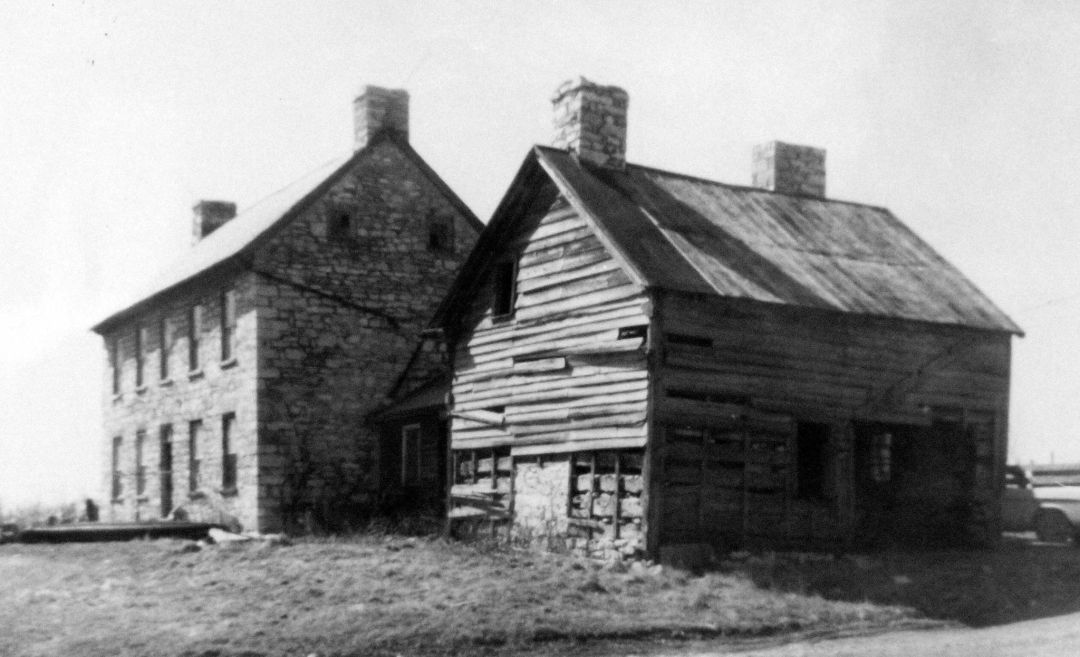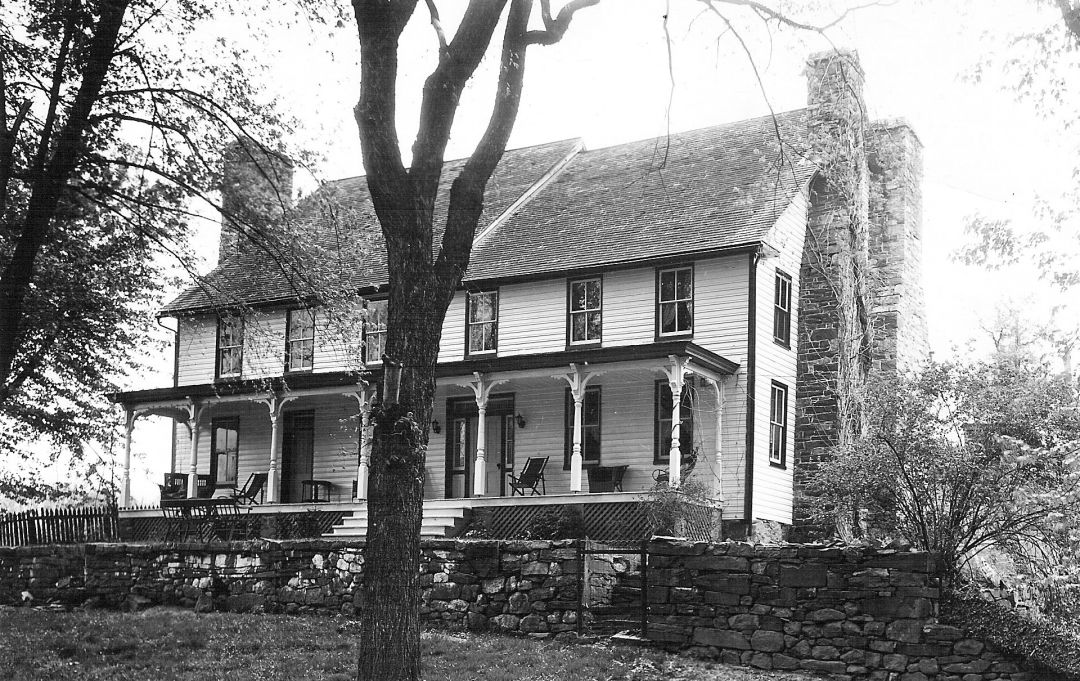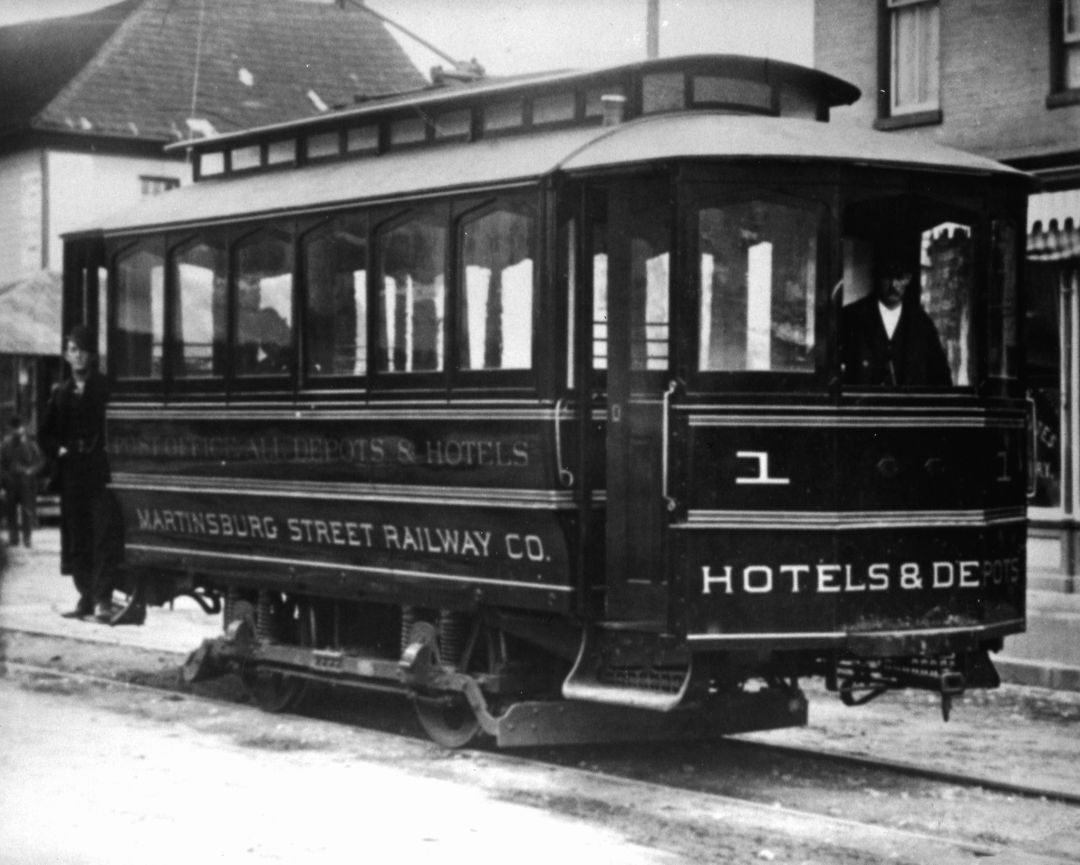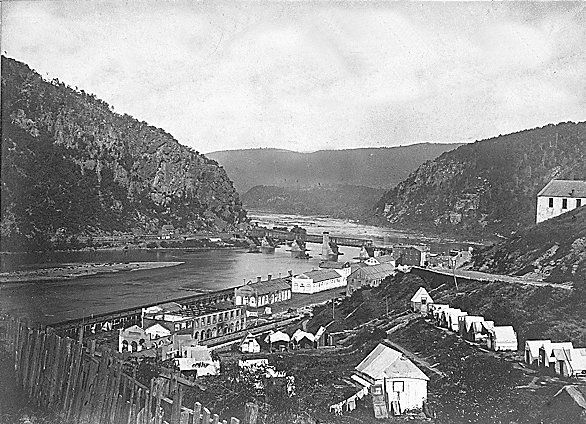
Protumna, near Tabler Station.
For more than 200 years before construction of the Sheetz convenience store at the intersection of Business Park Drive and Winchester Avenue, a beautiful native limestone mansion called Protumna stood in that location. Protumna was built in 1801 by Revolutionary War Major Henry Bedinger.
When the house was razed in 2012, it showed plenty of decay from sitting empty and being mostly at the mercy of the elements, as well as vandalism. Despite this, many of the characteristics of Protumna’s former grandeur were still evident.
Beautiful “butterfly” cupboards were present in the bedrooms. They were created to overcome the lack of closet space. The huge front lawn featured three “witness trees”. These three very large and very old trees, along with Protumna itself, witnessed many historical events.
Once a memorial to time itself, the house is no longer there, but if those walls could speak…
Berkeley originally took in all of present Berkeley and Jefferson counties and two-thirds of Morgan. It was carved off Frederick County, Virginia, in 1772. The county was named for Norborne Berkeley, a colonial governor of Virginia. Jefferson County was separated from Berkeley in 1801, and Berkeley reached its present size of 321.8 square miles when Morgan County was formed in 1820.
In the 1720s, settlers started coming into the area, which was the first part of West Virginia to be settled. Though Morgan Morgan is traditionally recognized as the first white settler, several families came in the late 1720s, ahead of him. John and Isaac Vanmeter were authorized in 1730 to bring settlers to take up 40,000 acres east of Opequon Creek, and Morgan Bryant and Alexander Ross were similarly authorized for 70,000 acres west of Opequon. John Vanmeter settled in the area and took up about 3,000 acres. Many of the settlers came from Pennsylvania, New York, and New Jersey. Samuel Taylor had a ferry operating across the Potomac River southeast of Shepherdstown by 1734. Morgan acquired his 1,000 acres west of present Bunker Hill on November 12, 1735.



